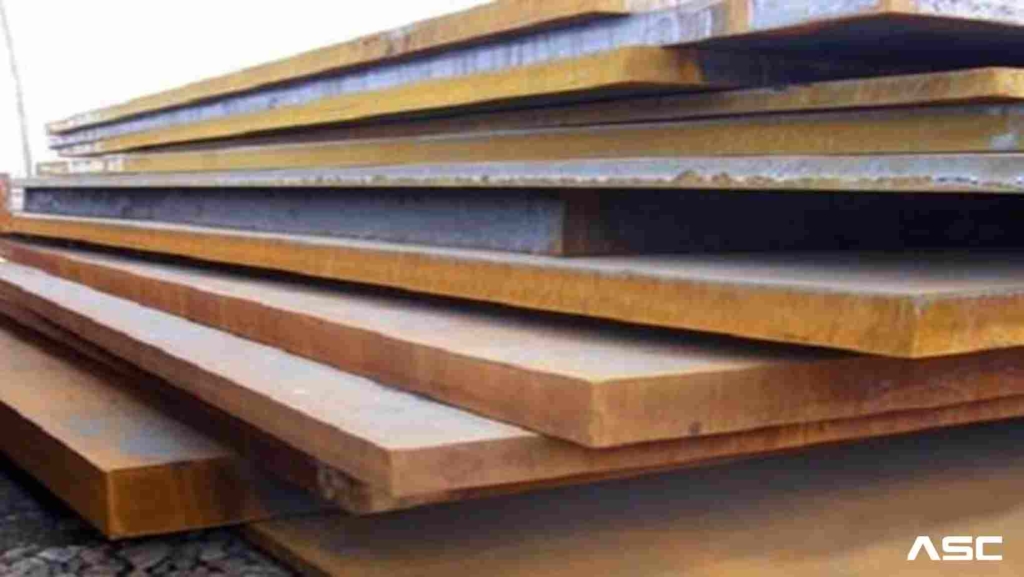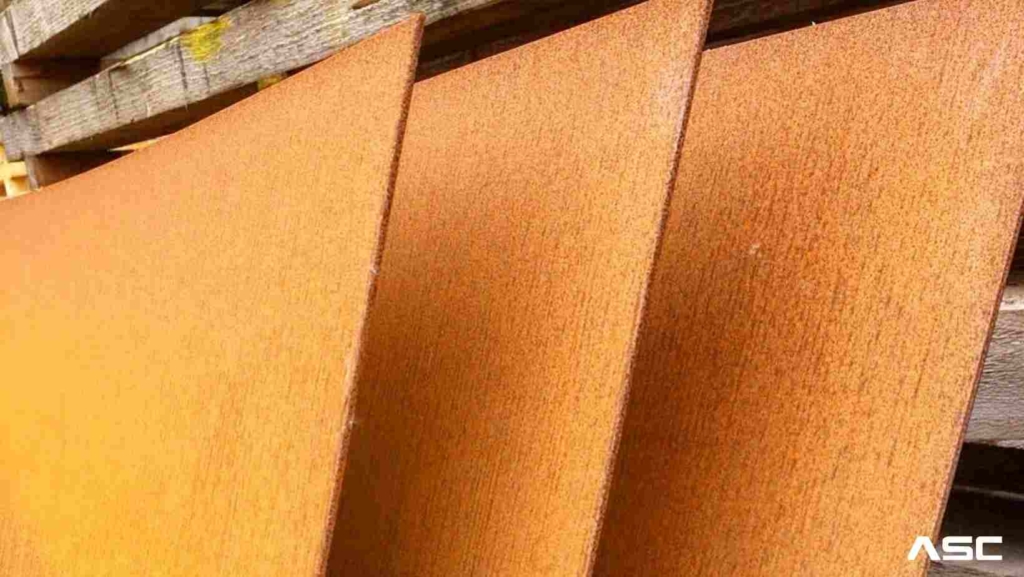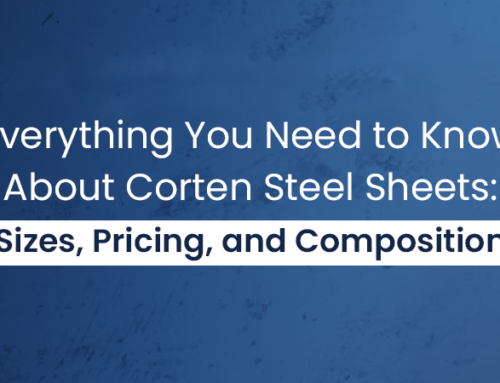Bridges, buildings, and other structures are constructed using steel due to their density. Structures such as railroads, roads, and buildings are mostly made of steel. In most cases, steel is hot-rolled or wrought iron, which has a fine powder welded onto a tube or rod. In comparison to older wrought iron bridges, low-carbon steel bridges are stronger and more durable. To achieve a smooth surface and uniform thickness, steel is heat treated after it has been hot-rolled. Annealing is the process of doing this. The properties of hot-rolled steel can be combined in a variety of ways.

The basic technique, in this case, would be the use of five steps:
Heat treatment
Cold rolling
Forging
Annealing
Cold rolling
As well as cold-rolling, hot-rolled steel is also annealed before welding. Consequently, the weld is more uniform, resulting in a thinner bond between the steel pieces. Generally, cold-rolled steel has a higher tensile strength than hot-rolled steel, especially in sections of different shapes or steels.
Corten steel’s density is important for the construction industry. Bridges, columns, and other structures use it. Among the steel industry’s low-carbon materials, ferrous steel contains 18 to 28 percent carbon.
Among its primary applications are machinery manufacturing, welding and sheet metal, heat-treating furnaces, and structural materials. The properties of steel are determined by the combination of carbon and alloying elements.

Low-carbon steels contain less than 0.5 percent carbon, so they are considered low-carbon steels. With mild steel, it is easy to weld and has good corrosion resistance. When compared with low-carbon steel, steel with more than 0.5 percent carbon can be welded with lesser quality materials, but they are not as strong and can be easily damaged by other steel types.
The use of carbon steel in construction materials and various applications, such as pipes, bridges, and rails, is widespread. As a result of the presence of carbon, they have good wear resistance and have a long life cycle before they wear out. As a result of the presence of carbon, they have good wear resistance and have a long life cycle before they wear out.
Corten steel is an alloy of carbon and chromium that is used in making steel. Steel with a density of 5g/cm is called corten steel. and is strong and durable. It also has a low melting point of around 600°C, which makes it a good choice for making products that require high temperatures. Corten steel can be used to make weapons, signs, tools, and other items. While steel is classified as an alloy, it does not meet the requirements for being called an alloy under EEC regulations. It also contains chromium but is sometimes called chromite steel. Corten steel is usually colorless and appears when the metal is hot. Carbon SteelCarbon steel has a metal content of about 5% by weight. It has the lowest melting point of all steels and is used for many applications that require high temperatures.

When it comes to making structural steel, corten steel has important properties. Different methods can be used to measure the density of a material. Structures, especially bridges and skyscrapers, need to consider this property when designing. Two methods can be used to measure this property. The National Bureau of Standards has standards that engineers and architects can use to calculate steel density. ASTM F709 or EN 9606-2: Steel Properties is an indestructible mathematical equation.
The density of corten steel is a measure of its strength. A material’s density can be calculated by dividing its weight by its volume. Compared to other materials, corten steel plate has a high density and a low cost. The steel industry is well aware of it. As an alloy of chromium and vanadium, corten steel plate has a relatively low carbon content compared to ordinary steel or stainless steel.
Corten steels are used in areas where corrosion resistance is critical, such as power generators, cranes, ships, and railroad cars. In construction projects, corten steel is used to fabricate steel parts. Corten steel and Corten material are the most common names for this steel, which is also known as air-cored tube furnace steel. A flexible cast iron pipe with good corrosion resistance and structural strength. Furthermore, it conducts heat easily and minimizes thermal fatigue so that pipe parts last a long time.









Leave A Comment